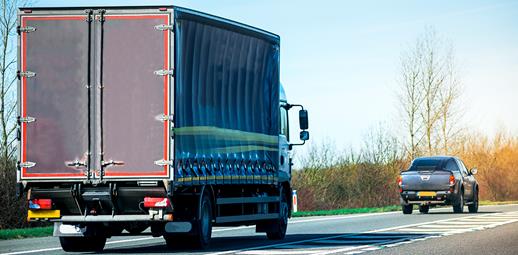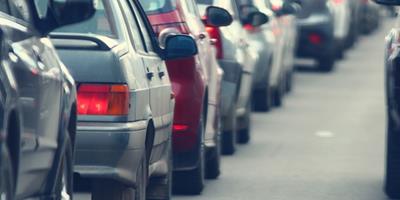
However carefully you drive, accidents can still happen.
Even a minor jolt can leave you feeling shaken and in shock. But if the incident involves a much bigger van or lorry, it can be even more stressful.
You may not be sure how to react or what information you need to get at the scene of the accident, especially in the heat of the moment.
Here is a run-down of what to do if it happens to you.
Take a moment
When it’s safe to do so, pull over and turn off your engine. You may need a minute to compose yourself; don’t let a busy lorry driver rush you.
Before you get out of your car, remind yourself that, as with any road incident, it’s best not to apologise or admit responsibility at the scene.
Get the right details
Lorries and vans used for business purposes are covered by commercial insurance rather than the sort of cover that someone who uses their car for personal purposes would buy.
But that doesn’t mean the process of gathering information after an accident should be any different. As with any incident, you still need to get as much information from the driver as possible.
This includes the name, address and contact details of the business that owns the vehicle, as well as the driver’s details.
In particular, you need to ask for the name of their commercial insurer and policy number, if they have it.
If the accident involves a foreign lorry, note down the name of the company - it’s probably written on the side of the lorry. Also take a note of the registration plate from both the lorry and its trailer, as, in some countries, trailers are registered separately and have their own registration numbers and insurers.
There are several important details that you should note down, which will help your insurer assess your case. Using a note-writing app on your phone or carrying a notepad and pen in your car can be useful for this.
- Names and contact details of any witnesses.
- The colour, make, model and registration of all vehicles involved in the incident.
- The time and date of the accident, a description of the weather conditions and details such as lighting, and road quality.
- Details of any injuries to drivers, passengers, or pedestrians.
- If possible, a case reference number, if you had to call the police out. This may be the case if the road is blocked, or if the other driver is uninsured or doesn’t provide their details.
If it’s safe to do so, take pictures of the scene of the accident, showing damage to any vehicles and their positioning. The more details of the incident that you gather, the better.
Finally, contact your insurer as soon as possible after the incident. Even if you don’t want to make a claim on your policy, you still need to notify them about the accident.
No £25 admin fee
When you update your policy online, e.g. amend driver, address or car details.


